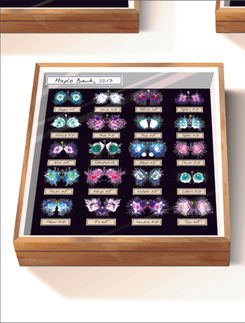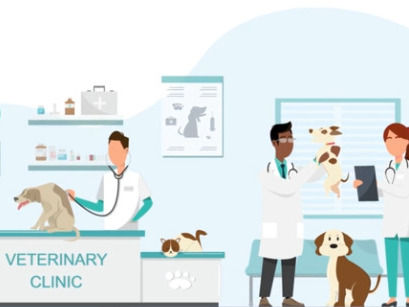Novel genetic pathway tells developing body organs to get in line
Scientists at the Salk Institute have discovered a novel genetic pathway that ensures body organs develop correctly and in the right position during embryonic development. The discovery has important implications for stem cell medicine, which continues to face the challenge of inducing stem cells to form new organs.
A team headed by Juan Carlos Izpisúa Belmonte, a professor in the Salk Institute's Gene Expression Laboratory, has determined that three key genes make the difference between having healthy organs correctly aligned along the midline of the body and deformed organs in the wrong place altogether. The findings were published in the January 1st issue of Genes & Development.
"It's not enough to tell a cell, 'you are going to become a cardiac cell,' said Belmonte. "You also need to tell it, 'you will be part of the anterior wall of the heart' - you need to tell each cell its role in the whole organ. We don't know too much about that. That's the second level of complexity we need to understand if stem cell therapy is to reach the clinic."
The incredibly complex process of pattern formation involves cells in the developing embryo getting together, starting to communicate, and migrating into the right places to form an organ such as the heart (cell migration). The process is clearly under genetic control but the genes involved were not known previously. At various points in development genes are turned on and off, acting as blueprints to allow cells to manufacture signaling proteins by which the cells communicate with one another.
"Although scientists in the field understood the actual process of cell migration we didn't know what players were involved in the migration of these cells in the embryo context. Now we do," said Salk research associate Takaaki Matsui, leading author of the paper.
The three crucial genes, wnt4a, silberblick/wnt11, and wnt11-related, encode three signaling proteins in a well-known family of proteins called 'Wnt'. The Wnt proteins have long been implicated in other aspects of development but until the work of the Salk team no-one suspected that they were involved in pattern formation. By a painstaking process of elimination over two-and-a-half years, the Salk scientists demonstrated that blocking these three genes prevented crucial body organs such as the heart, gut, liver and pancreas from lining up along the midline of the body during embryonic development.
The scientists were suprised at what they found. "It's a complex pathway, much more complex that we are used to," said Salk senior research associate Angel Raya, co-author of the paper. "Instead of downregulating one gene, because their functions partly overlapped one another we needed to downregulate three genes at the same time in order to get this result."
For their study, the researchers used the embryo of the zebrafish, an ideal model embryo because it is large and transparent, develops quickly and does not involve live laboratory animals. "You can see everything, right in your petri dish," said Belmonte.
The discovery of the novel Wnt genetic pathway has important implications for stem cell medicine, which is having some success at changing the fate of stem cells to become replacement nerve or heart tissue cells but is still struggling to persuade cells to form new organs. "Our results give insights into how cells migrate to form tissues and organs," said Belmonte. "These genes control cell behaviour, rather than cell fate."
Most read news
Other news from the department science

Get the life science industry in your inbox
By submitting this form you agree that LUMITOS AG will send you the newsletter(s) selected above by email. Your data will not be passed on to third parties. Your data will be stored and processed in accordance with our data protection regulations. LUMITOS may contact you by email for the purpose of advertising or market and opinion surveys. You can revoke your consent at any time without giving reasons to LUMITOS AG, Ernst-Augustin-Str. 2, 12489 Berlin, Germany or by e-mail at revoke@lumitos.com with effect for the future. In addition, each email contains a link to unsubscribe from the corresponding newsletter.


















































